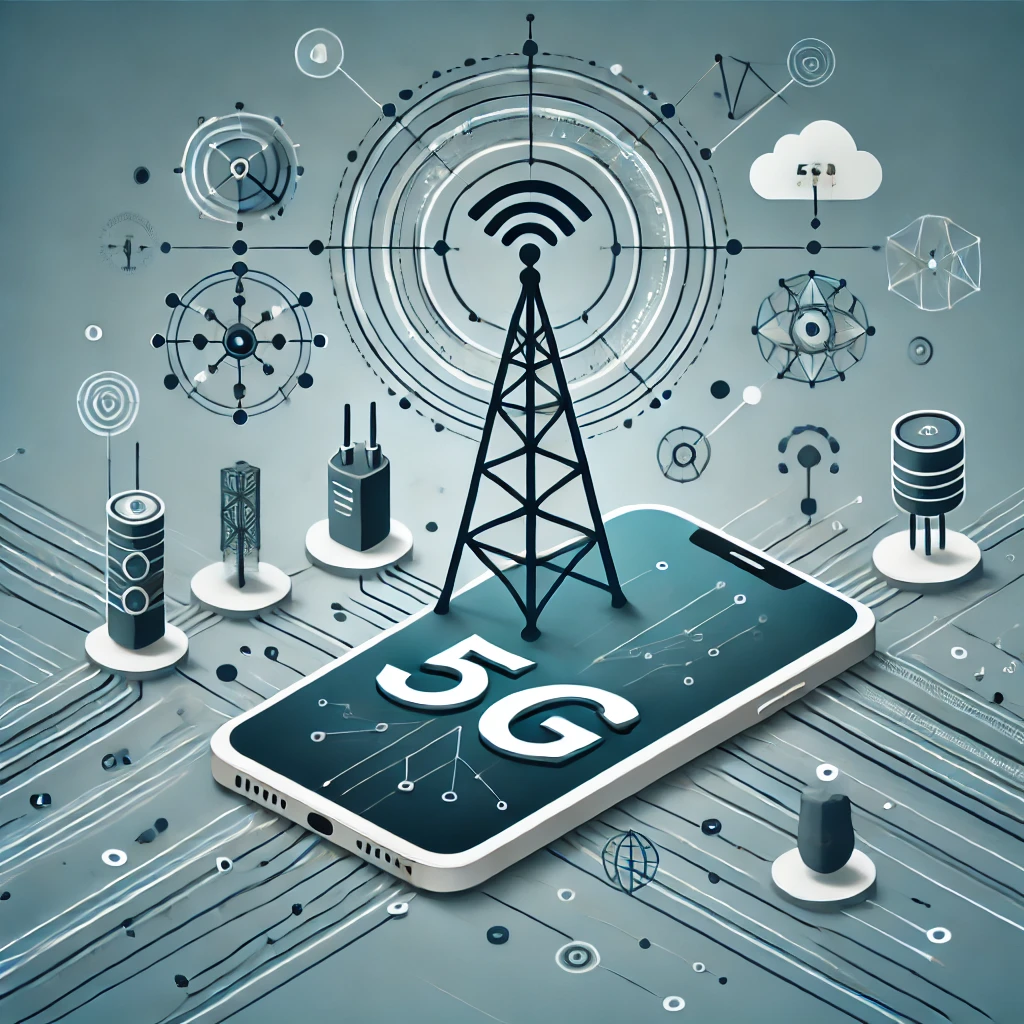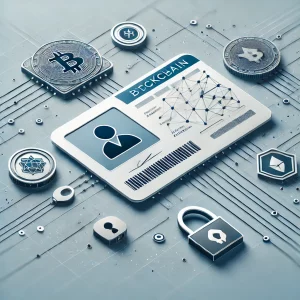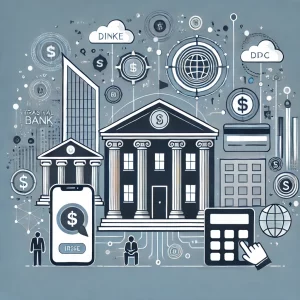How 5G is Enhancing the Internet of Things (IoT)

The advent of 5G technology is revolutionizing various sectors by providing faster, more reliable, and more efficient internet connectivity. One of the most significant areas where 5G is making a transformative impact is the Internet of Things (IoT). IoT refers to the network of physical devices, vehicles, appliances, and other objects embedded with sensors, software, and other technologies to connect and exchange data. As IoT continues to grow, the need for faster, more reliable, and higher-capacity networks becomes crucial. Here, 5G technology steps in, offering a range of capabilities that enhance IoT applications and enable new use cases that were previously not possible.
This article explores how 5G is enhancing IoT by improving speed, latency, connectivity, and scalability, making IoT applications more efficient and versatile.
1. Faster Speeds for Enhanced IoT Performance
One of the most talked-about benefits of 5G is its dramatically faster data transfer speeds compared to its predecessor, 4G. While 4G networks can provide download speeds of up to 100 Mbps, 5G is designed to deliver speeds ranging from 1 to 20 Gbps, depending on the deployment and environment. This increased bandwidth is crucial for IoT applications, especially those that require large amounts of data to be transmitted quickly and reliably.
For example, in sectors like healthcare, IoT devices such as remote patient monitoring systems and wearable health trackers generate vast amounts of data that need to be transmitted in real-time. With 5G, this data can be transferred at lightning speed, allowing healthcare providers to make quicker, data-driven decisions, improving patient outcomes and reducing latency in critical situations.
Similarly, in industries like autonomous vehicles and manufacturing, IoT devices such as sensors and cameras generate enormous amounts of data that need to be processed instantaneously. 5G’s speed enables these devices to operate in real-time, facilitating seamless communication between vehicles, machinery, and control systems, thus improving operational efficiency and safety.
2. Ultra-Low Latency for Real-Time Communication
Latency, or the delay between sending and receiving data, is a critical factor in IoT applications, particularly those that require real-time decision-making and instant responses. 5G technology promises to reduce latency to as low as 1 millisecond, a significant improvement over 4G’s average latency of 30-50 milliseconds. This ultra-low latency is one of the key features that enhances IoT applications in various sectors.
In autonomous vehicles, for instance, low latency is essential for real-time communication between the vehicle and its surroundings. Sensors and cameras in self-driving cars need to communicate with other vehicles, traffic lights, and infrastructure to make decisions in a fraction of a second. With 5G, these vehicles can process data more quickly, enabling them to navigate safely and efficiently, reducing the risk of accidents and improving traffic flow.
In industrial IoT (IIoT), ultra-low latency is equally important. Manufacturing plants rely on machines and robots that need to work in perfect harmony to ensure smooth operations. 5G’s ability to transmit data with minimal delay allows these machines to make instantaneous decisions, minimizing downtime, enhancing automation, and boosting productivity.
3. Massive Connectivity for Expanding IoT Ecosystems
Another advantage of 5G is its ability to support a massive number of connected devices simultaneously. 5G networks are designed to handle up to 1 million devices per square kilometer, far surpassing 4G’s capacity to handle only 100,000 devices in the same area. This scalability is crucial as the number of IoT devices continues to grow exponentially.
In smart cities, for example, 5G will enable the connection of millions of IoT devices, such as traffic sensors, streetlights, surveillance cameras, and environmental monitoring stations. These devices need to communicate with each other to optimize traffic flow, improve safety, and reduce energy consumption. 5G’s massive connectivity ensures that these devices can function in a highly interconnected ecosystem without network congestion or performance degradation.
In agriculture, 5G can support the use of IoT devices such as soil moisture sensors, weather stations, and automated irrigation systems. These devices, which are distributed across large, remote areas, need reliable and continuous connectivity. With 5G’s expanded network capacity, farmers can ensure that all devices are constantly connected, enabling more efficient and sustainable farming practices.
4. Network Slicing for Tailored IoT Solutions
One of the most innovative features of 5G is network slicing, which allows telecom operators to create virtualized networks within a physical 5G network. Each slice can be customized to meet the specific requirements of different IoT applications, such as bandwidth, latency, and reliability. This capability is a game-changer for industries that need specialized network performance to support diverse IoT use cases.
For example, in the healthcare industry, a network slice can be dedicated to supporting IoT devices used for remote surgery or telemedicine, where low latency and high reliability are paramount. At the same time, another slice can support less time-sensitive applications like patient monitoring, where higher latency is acceptable. This flexibility ensures that each application gets the network resources it needs without interference from other devices or services.
Similarly, in smart cities, different IoT systems such as traffic management, waste management, and public safety can each have their own dedicated network slice, optimizing performance for each specific application. This ability to tailor network resources to specific needs ensures that 5G can efficiently handle the diverse requirements of IoT across various sectors.
5. Enhanced Security for IoT Networks
Security is a significant concern in the IoT ecosystem due to the vast number of connected devices, many of which are vulnerable to cyberattacks. 5G introduces several advancements in network security that help protect IoT devices and data from potential threats.
One of the key security features of 5G is improved encryption, which ensures that data transmitted over the network is secure and less prone to interception. Additionally, 5G networks support more robust authentication methods, ensuring that only authorized devices and users can access the network. This is particularly important in industries such as healthcare, where sensitive data needs to be protected from unauthorized access.
Furthermore, 5G’s network slicing capability allows for more granular control over security measures. Each network slice can have its own security protocols, ensuring that different IoT applications, with varying levels of sensitivity, are protected accordingly. For instance, critical infrastructure like power grids or transportation systems can have stricter security controls, while less sensitive IoT applications can operate with more relaxed security measures.
6. Empowering New IoT Use Cases
The advancements brought by 5G open the door to new IoT use cases that were previously impossible or impractical with 4G networks. With its high speed, low latency, and massive connectivity, 5G enables a host of new possibilities across various sectors.
In healthcare, 5G supports the development of telemedicine and remote surgery, where real-time video streaming, high-resolution imaging, and instantaneous communication between doctors and patients are essential. Surgeons can perform operations remotely, guided by 5G-powered real-time data and video feeds, improving access to medical care, especially in rural or underserved areas.
In agriculture, IoT-enabled autonomous tractors, drones, and harvesters powered by 5G can work collaboratively to increase efficiency and reduce the need for manual labor. These devices can communicate with one another in real-time to perform tasks such as planting, fertilizing, and harvesting crops autonomously.
Additionally, in the realm of smart homes, 5G enables seamless integration of IoT devices such as smart thermostats, lights, security systems, and appliances. These devices can communicate instantly, allowing for a more integrated and efficient smart home ecosystem.
7. Conclusion: The Future of IoT in the 5G Era
As the demand for connected devices continues to surge, 5G technology is playing a crucial role in enhancing the Internet of Things. By providing faster speeds, ultra-low latency, massive connectivity, network slicing, and improved security, 5G is enabling a more reliable, efficient, and scalable IoT ecosystem. From healthcare and smart cities to agriculture and autonomous vehicles, the applications of IoT powered by 5G are transforming industries and improving the quality of life for individuals around the globe.
As 5G networks continue to roll out worldwide, the full potential of IoT will be realized, unlocking new opportunities and reshaping the way we live, work, and interact with the world around us. With 5G driving innovation in IoT, the future of connectivity looks brighter than ever.





